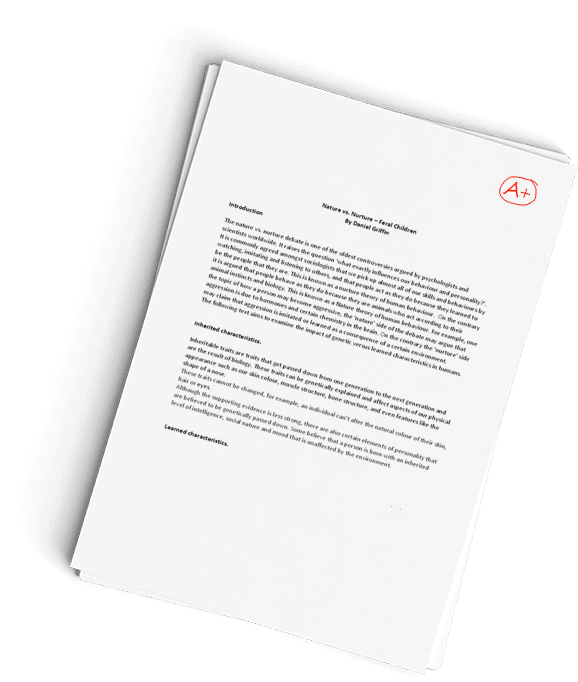Capella University Risk Management Handbook for Health Care Organizations
Read Risk Management Handbook for Health Care Organizations by Carroll, R. (2009), (5th ed) textbook: Read Chapter 1, “Development of a Risk Management Program,” pages 130. This chapter covers what the specific pieces are for a risk management program in health care. Read Chapter 2, “The Health Care Risk Management Professional,” pages 3178. Specific departments have specific tasks, job descriptions, and roles. This chapter highlights the current, broad view of risk management. Read Chapter 3, “Patient Safety and the Risk Management Professional,” pages 79156. It is important to integrate the learning from the first five units in quality management with the ideas and theories behind risk management. This chapter provides a nice discussion of the similarities when dealing with patient safety.
1. Risk Management: A Profile of the Role
Risk management is a developing field in health care. The readings for this week, along with the link to the Health Care Compliance Association (HCCA), discuss what risk manager or compliance officer responsibilities are in different health care organizations. Job titles for this area include compliance officer, risk manager, chief risk officer, and compliance consultant.
Exhibit 2.5 on page 59 of the Carroll textbook provides a lengthy list of major responsibilities for a chief risk officer. Review this exhibit. Pick one area of responsibility from this exhibit and discuss the possible activities that are related to this responsibility area.
In 250 to 300 words, discuss a particular area of responsibility for a chief risk officer in a health care organization.
2. Creating a Just Culture
Health care organizations are working toward a “just culture.” Formerly, the medical culture was one of the “ABCs of Accuse, Blame, and Criticize” (Carroll, 2009, p. 95). With the patient safety movement now in full force, the idea of a new organizational culture has emerged. The “just culture of safety” provides for a set of values, guiding beliefs, or ways of thinking that are to be shared by all members of the organization.
Pick a health care organization or area (for example, hospital, skilled nursing facility, physician’s office, dental office, health plan, group home, assisted living facility, et cetera). You are a risk management consultant. Discuss how you would introduce the idea of a “just culture” within this type of organization.
Have a similar assignment? "Place an order for your assignment and have exceptional work written by our team of experts, guaranteeing you A results."








